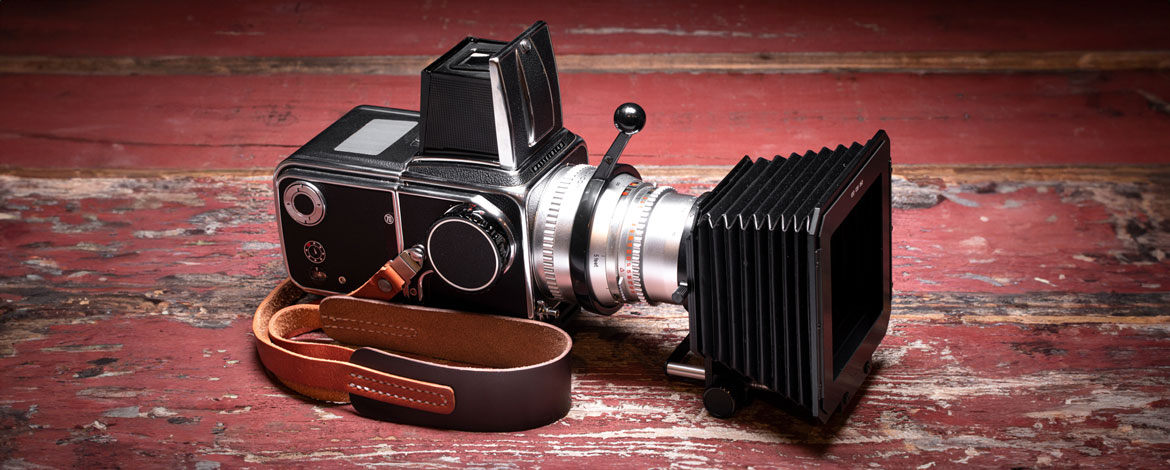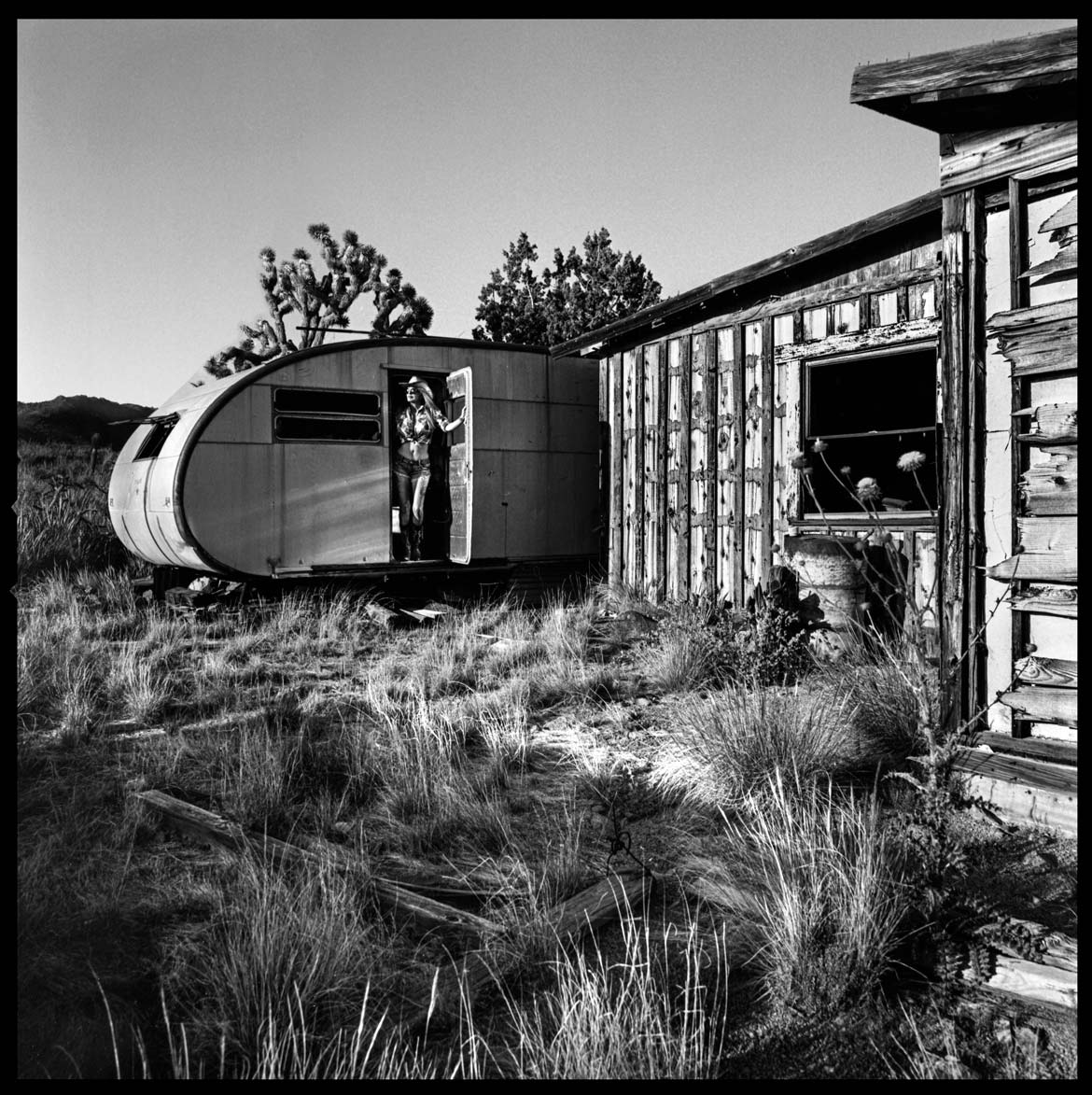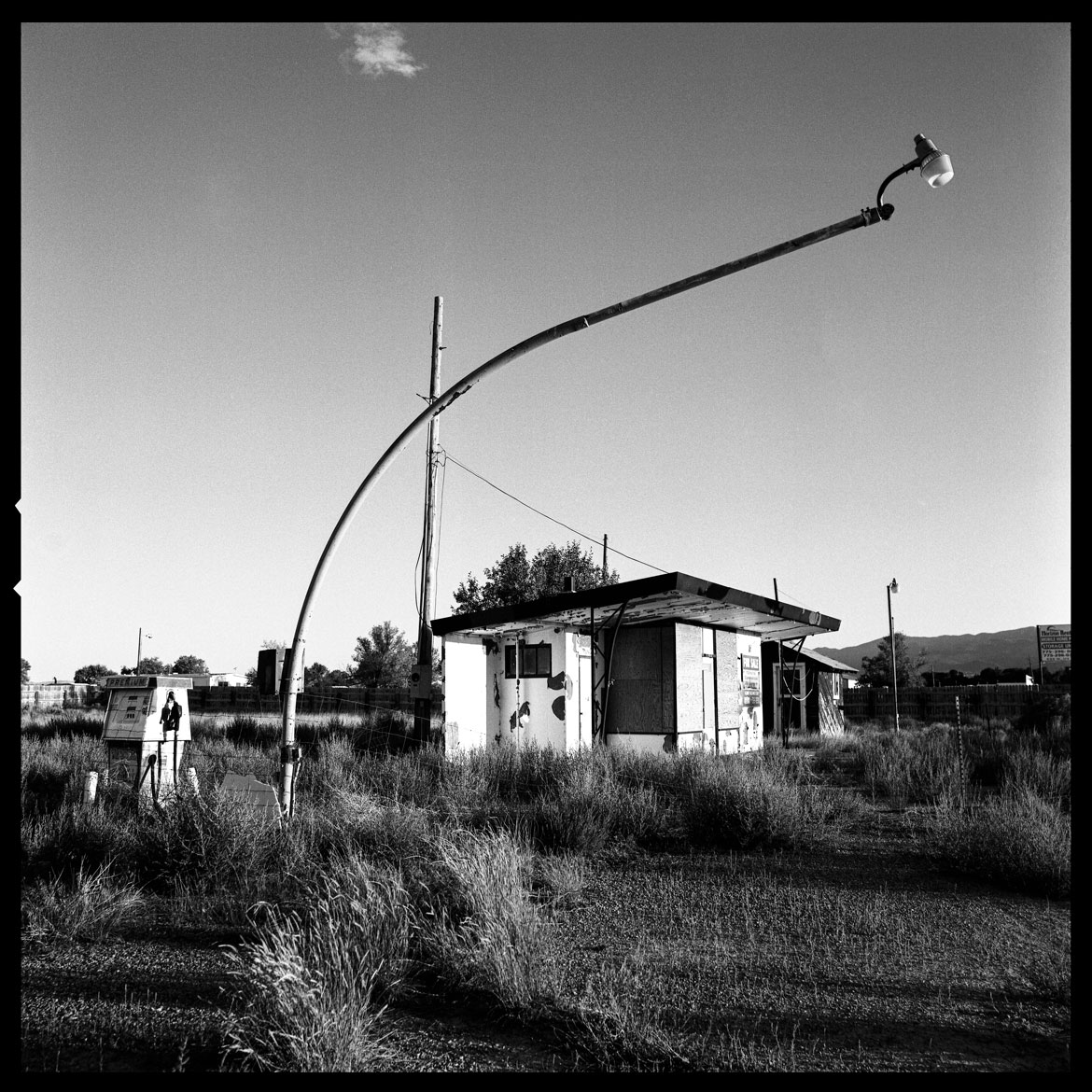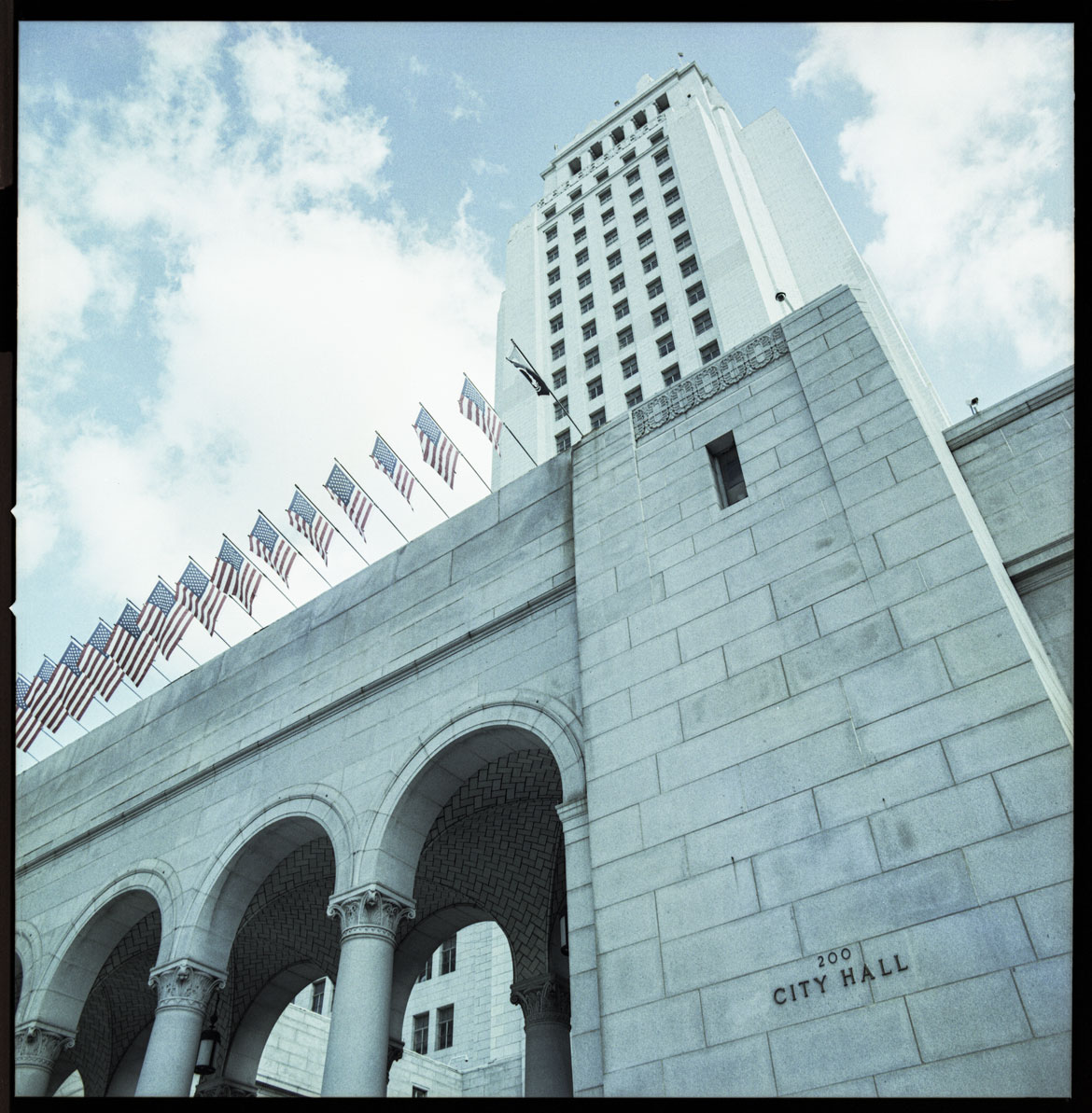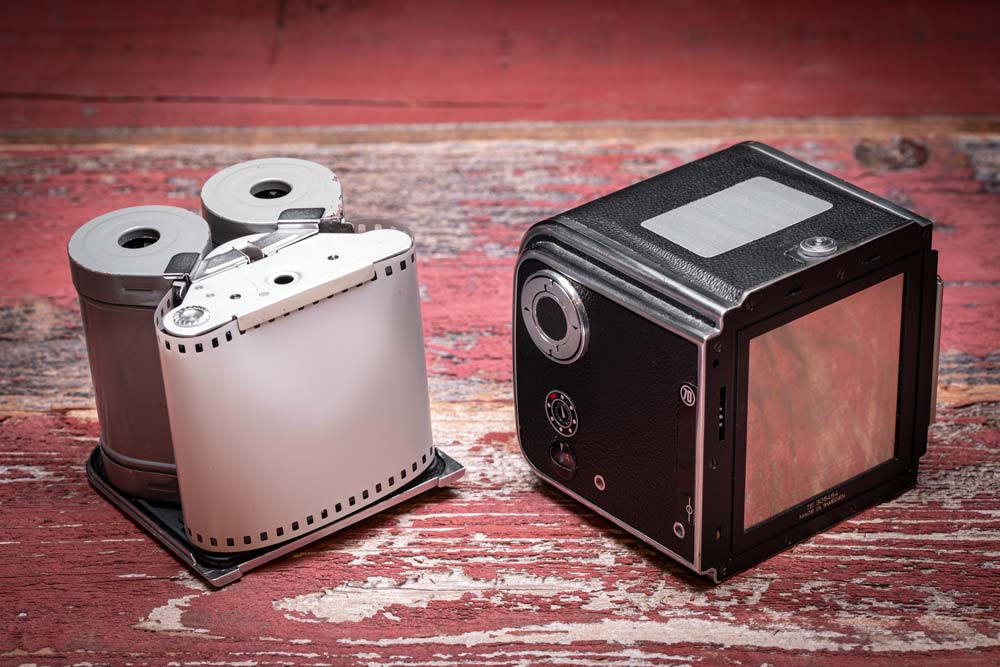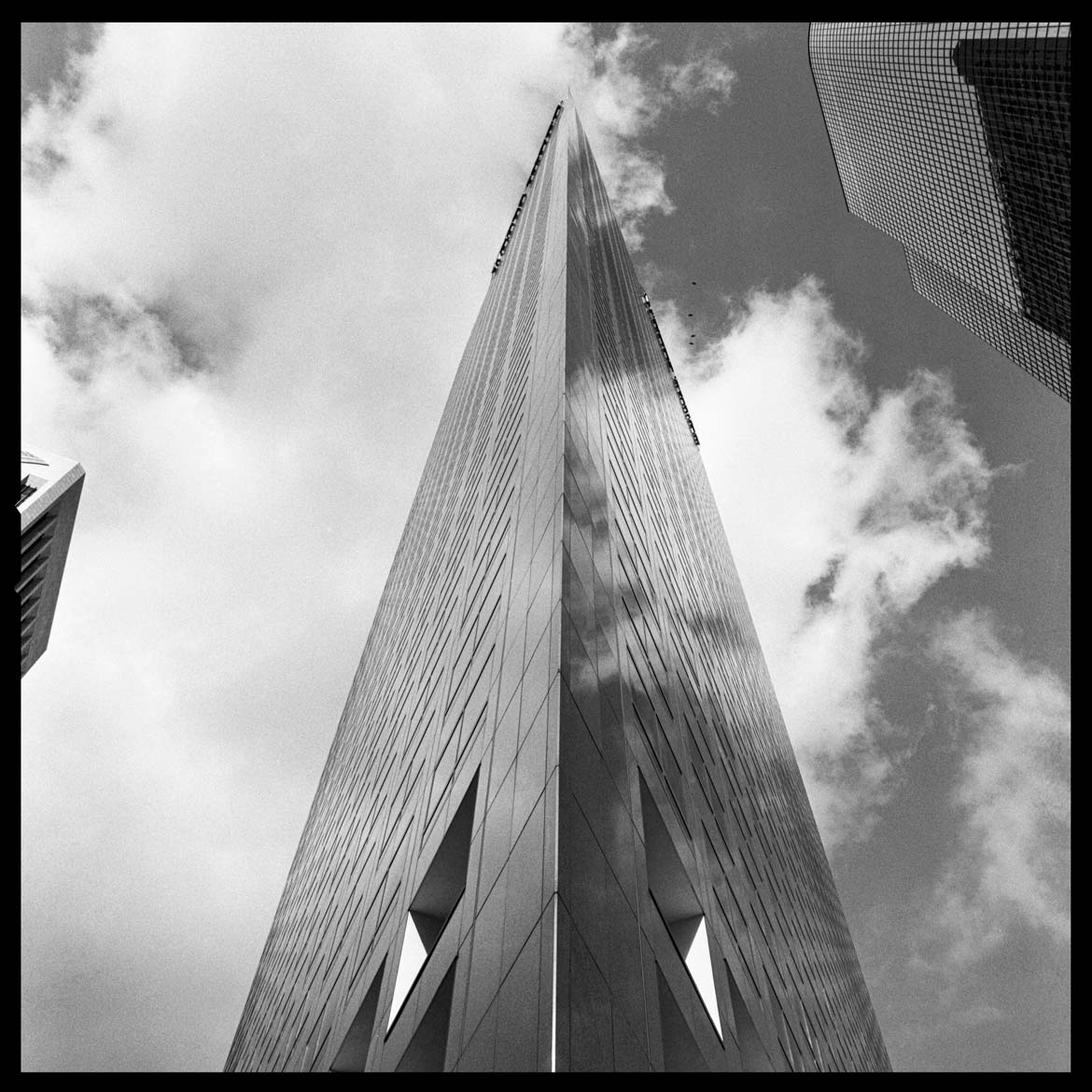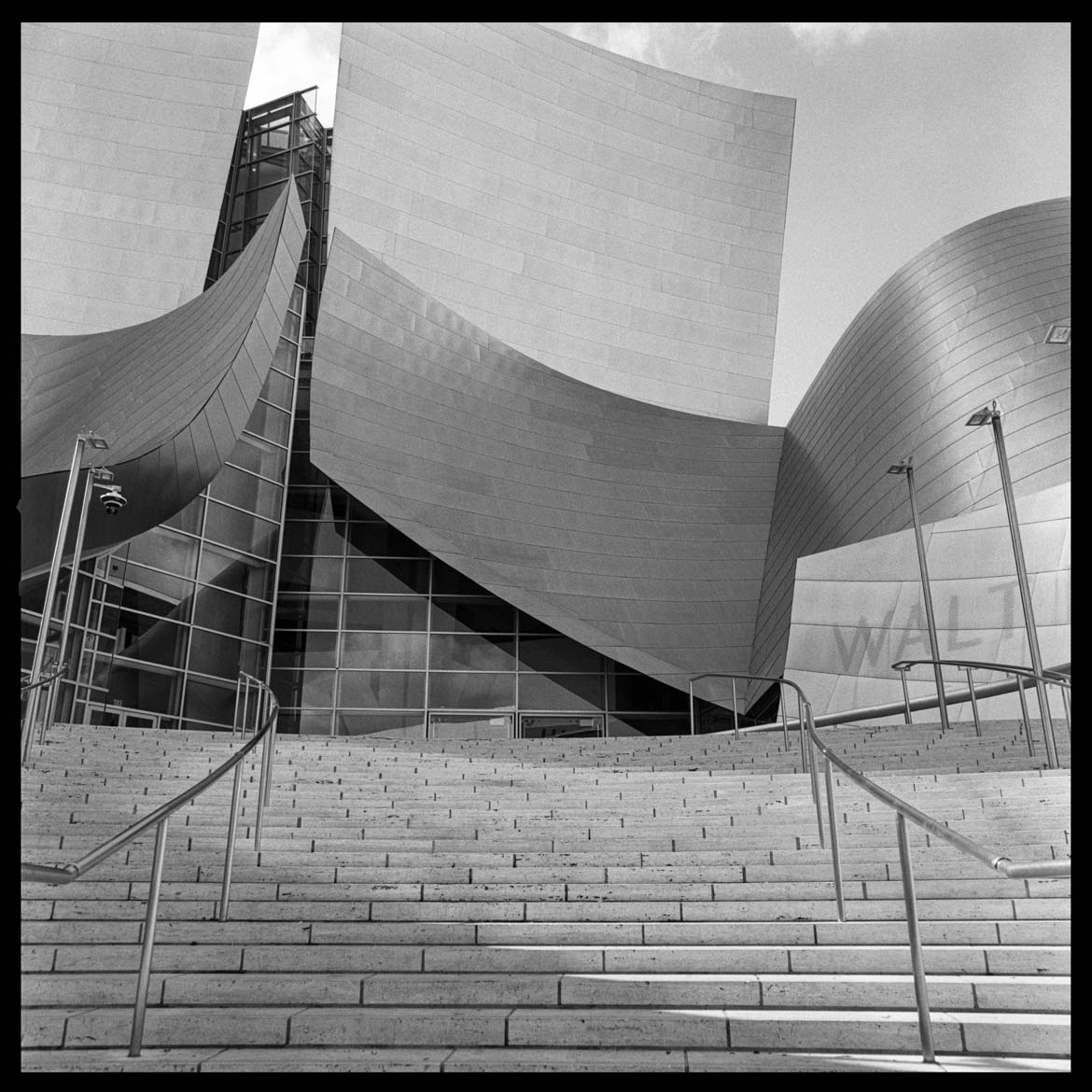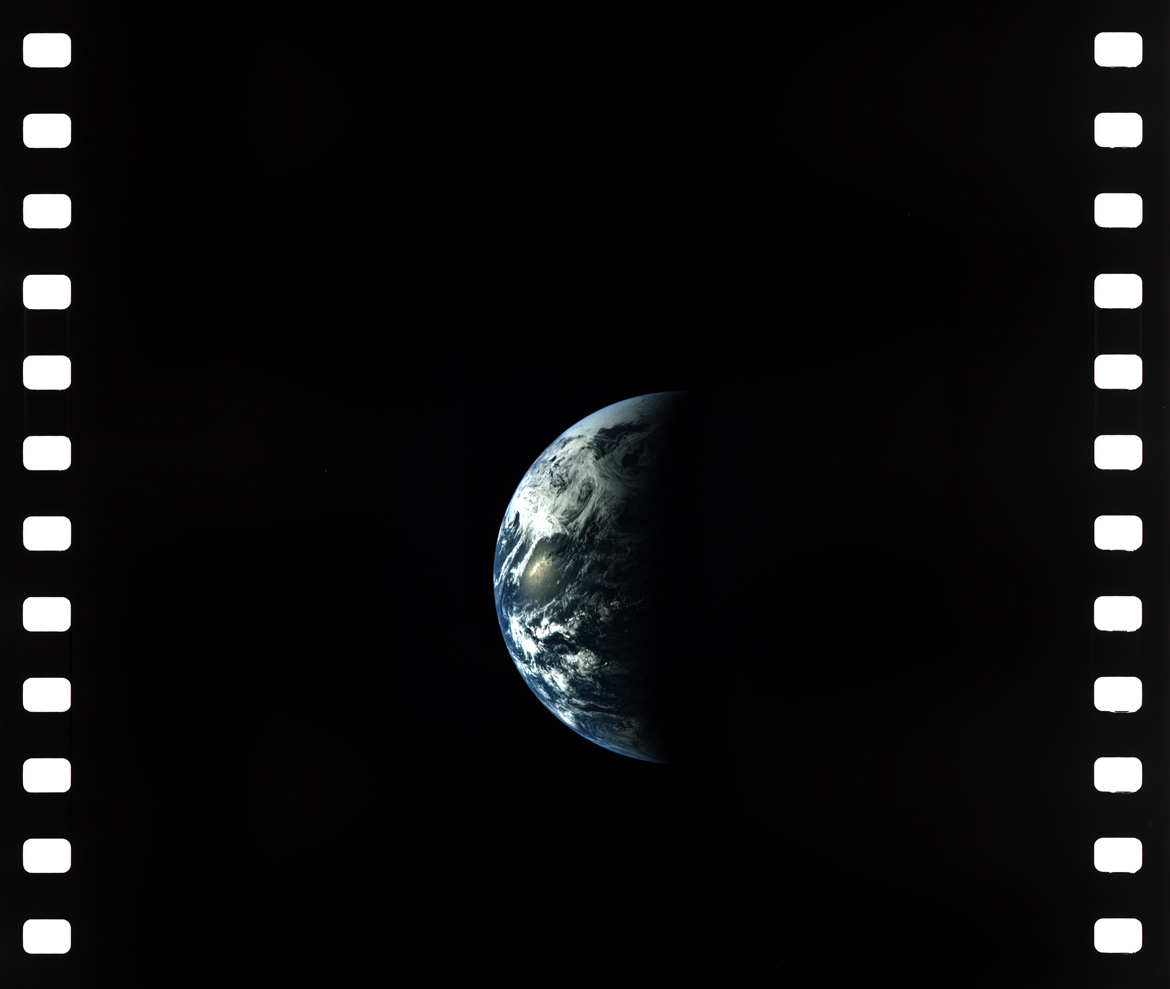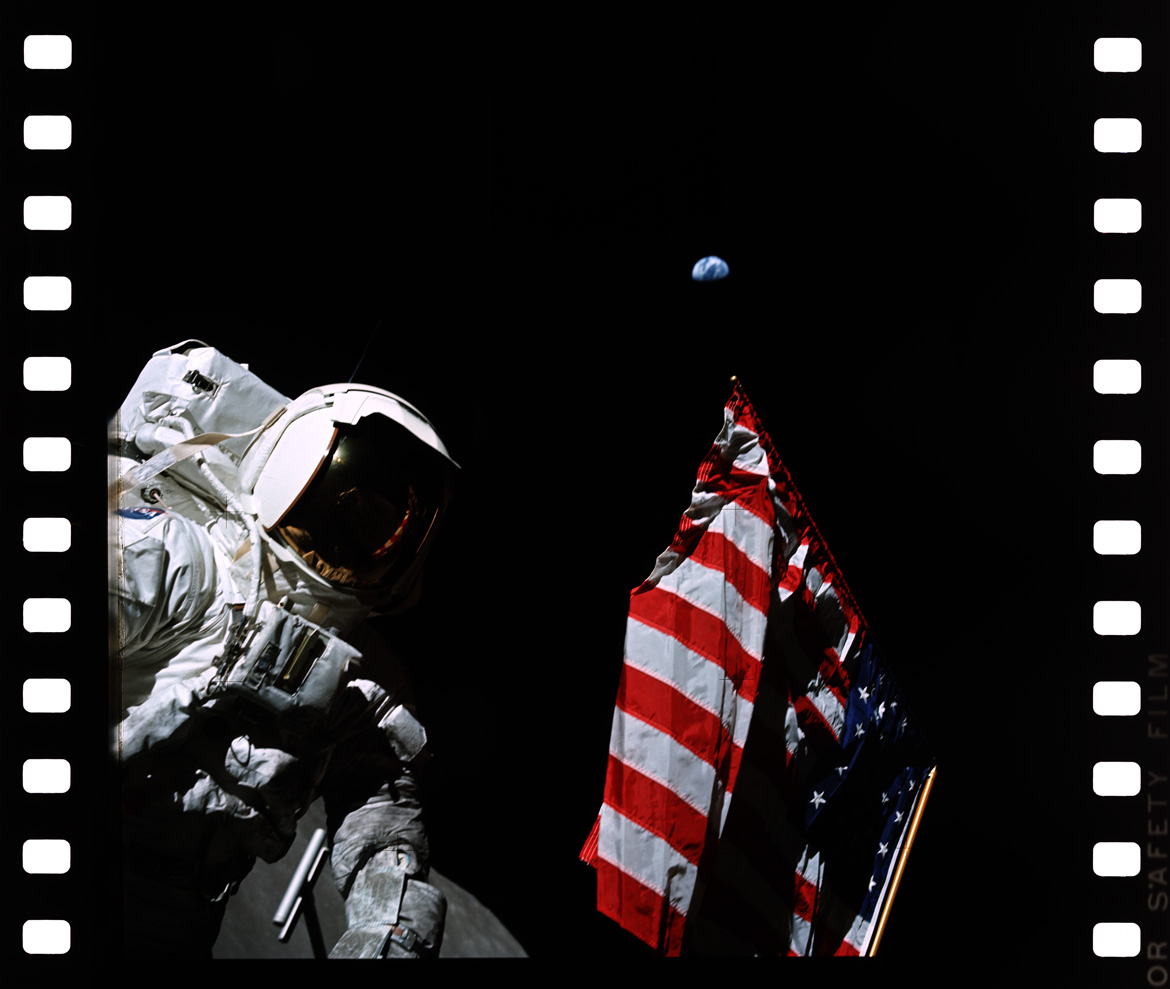Inarguably, the Hasselblad 500C camera body and accompanying V-System lenses are considered around our blue planet as the cat’s pajamas of photographic equipment. Of course, that’s all subjective and I would agree there are other medium format cameras that can produce top-quality images to rival. There’s no denying that its signature mid-century design, modular assembly and rugged foundation are in a class above the rest. Today’s plastic composite digital cameras truly die on the vine. As soon as the latest mega-mega-pixel camera model is released, engineers are already honing next month’s mega-mega-mega-pixel version. It’s all a rouse to feed the average consumer’s insatiable appetite for believing they cannot live without the latest, greatest and newest version.
Owning a Hasselblad 500C places the photographer in a unique time in history and preserves what is principled about the craft of photography.
Hasselblad forces the user to pause and consider all the variables. Thankfully, the 500C is completely manual with its operation. There are no priority modes, light meter or auto-focus to steer you wrong. A simple understanding of the Sunny 16 Rule will set you free. It’s not a vacation camera for touring Europe, nor would anyone want to lug one to the Moon. It’s cumbersome and with a few additional lenses, film backs, filters, ring adaptors, lens shade, an inventory of 120 film and don’t forget the cable release, you’d better have a very large bag with a padded shoulder strap to tow it all. If your imagination persists, a large powerful rocket would be needed to get one to the Moon. However, knowing ahead of time what you want to capture makes it your definitive go-to camera. Perhaps you’ve photographed that special place previously with your 35mm film camera and now want to re-capture it with more real estate. Yep, film negative real estate, not pixels.
Finding complaint with the size and weight of a Hasselblad 500C is no different than griping about a 1960’s Lincoln Continental with suicide doors and “oh, what’s that huge thing behind us?” – the trunk! Yes, not always practical, horrible mileage, a parallel parking nightmare, but screw it … fill’er-up and let’s go for a moonlight drive.
